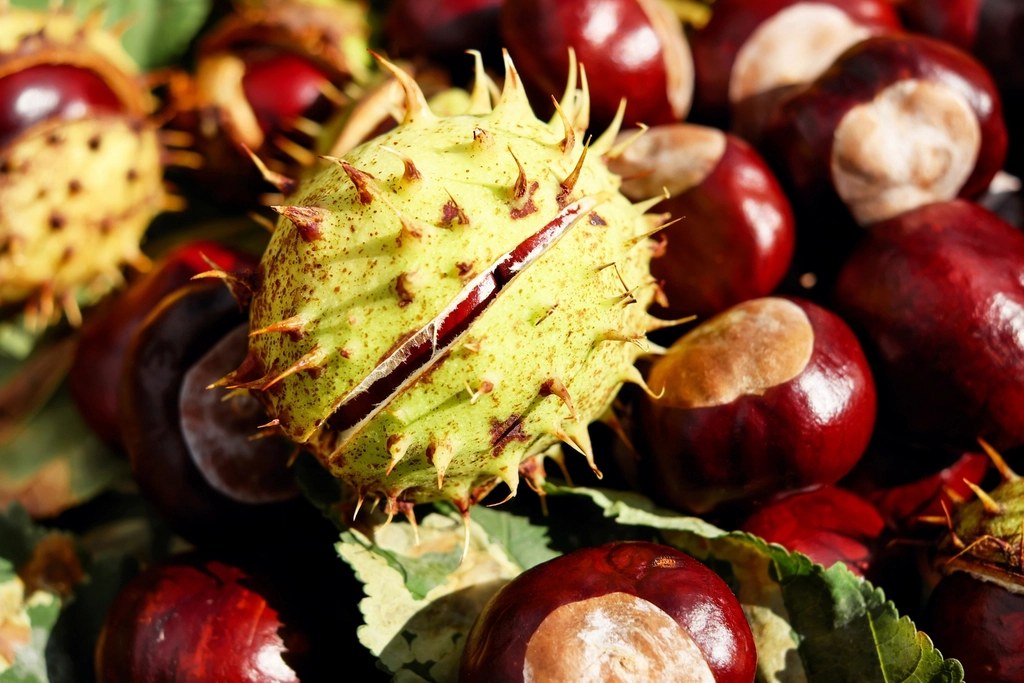Even when pollen season fades, allergy sufferers may still find themselves sneezing, rubbing their eyes and struggling to breathe. A lesser-known trigger peaks later in the year and could be the real reason behind persistent symptoms.
Itchy, watery eyes

Ongoing irritation in the eyes outside pollen season could point to an allergy to outdoor mold spores rather than hay fever.
A blocked and runny nose

Congestion that feels like a lingering cold may in fact be an allergic reaction to airborne mold.
Sneezing fits

Frequent sneezing long after spring and summer can signal sensitivity to mold spores swirling in the air.
Also read: Foods You Should Avoid Putting in Your Air Fryer
Coughing and shortness of breath

Respiratory symptoms like coughing or wheezing may intensify when mold counts rise in humid and windy weather.
Season peaks from June to October

Mold spores thrive in damp conditions, especially after rain and during windy autumn days, making this the high season for exposure.
Greater risk near compost piles

Garden waste is a hotspot for mold growth. Handling leaves, branches or compost can trigger strong reactions.
Coastal walks offer relief

Air by the sea is generally cleaner than in wooded areas, especially when winds blow in from the ocean, reducing exposure to spores.
Also read: 13 surprising factors that could raise your Alzheimer’s risk
Rinse natural finds before bringing them indoors

Items like pine cones, chestnuts or Christmas trees should be washed before entering the house to remove most spores.
Seek medical advice

Doctors can test for mold allergies and prescribe treatments such as nasal sprays, eye drops or inhalers to ease symptoms.
Take allergy seriously

Proper treatment should mean more than just “good enough.” Effective management can help sufferers regain a normal quality of life.
Artiklen er baseret på informationer fra IFORM
Also read: When you eat breakfast may reveal how long you live
